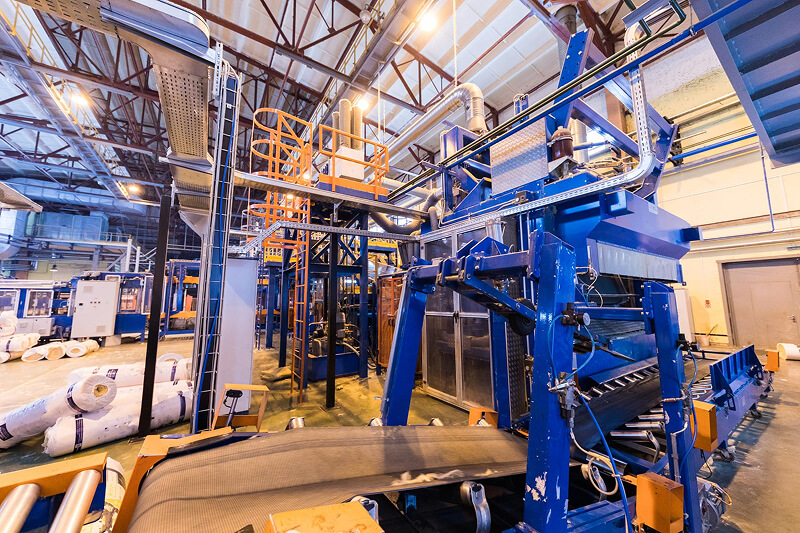Application Of Linear Heat Detection System
Cable Trays
Linear Heat Detection (LHD) systems offer reliable fire detection for cable tray applications, where electrical wiring is susceptible to overheating. These systems provide continuous monitoring, detecting temperature changes along the entire length of the tray. LHD systems are designed to activate alarms only when a preset temperature threshold is exceeded, effectively minimizing false alarms. Ideal for environments with critical electrical infrastructure, LHD systems facilitate early detection of heat hazards, ensuring rapid response and safeguarding both equipment and personnel from potential fire risks.
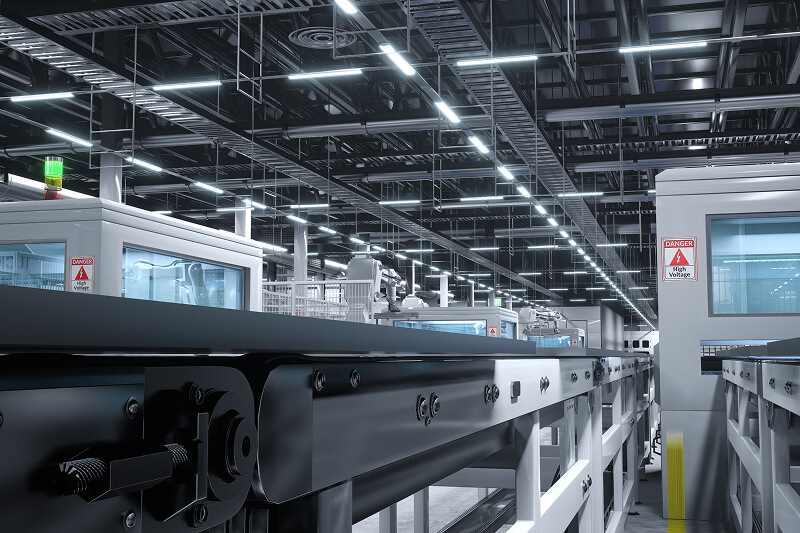
Conveyors
Conveyor fires are often caused by friction, bearing malfunctions, welding activities, or nearby heat sources. With fires spreading rapidly on a moving conveyor, Linear Heat Detection (LHD) systems ensure fast detection and minimize damage. By installing LHD systems close to the conveyor, overheating can be detected early, triggering alarms to activate sprinklers or shut down the system. LHD systems pinpoint the exact location of the heat anomaly, enabling quick intervention, even in challenging environments like mining or manufacturing.
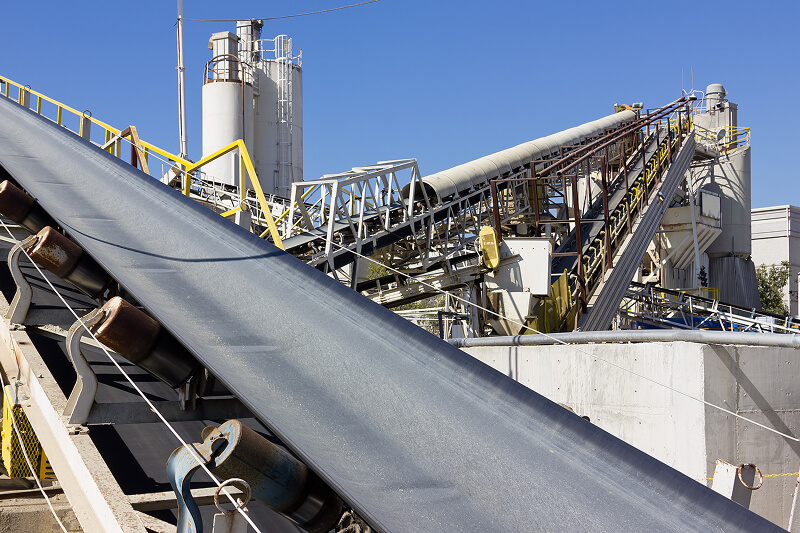
Transformer
Detection (LHD) systems offer continuous monitoring along transformer surfaces, enabling early detection of heat anomalies. By activating alarms or fire suppression systems at the first sign of overheating, LHDs prevent severe damage. These systems are ideal for transformer stations, where swift intervention is critical to protecting valuable equipment and minimizing downtime, ensuring reliable, continuous operation.
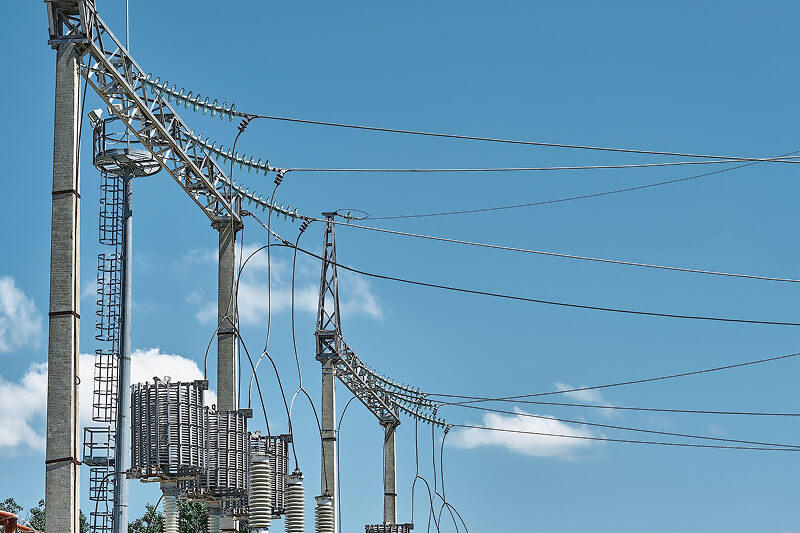
Electrical Apparatus
Electrical apparatus, such as switchgear, control panels, and power distribution units, are prone to overheating or electrical faults, which can lead to fires. Linear Heat Detection (LHD) systems provide continuous temperature monitoring, enabling early detection of overheating. LHD systems can be installed inside or around electrical enclosures, offering reliable protection without disrupting equipment operations. By integrating with alarm or suppression systems, LHD helps reduce damage, minimize downtime, and enhance safety in critical electrical infrastructure.
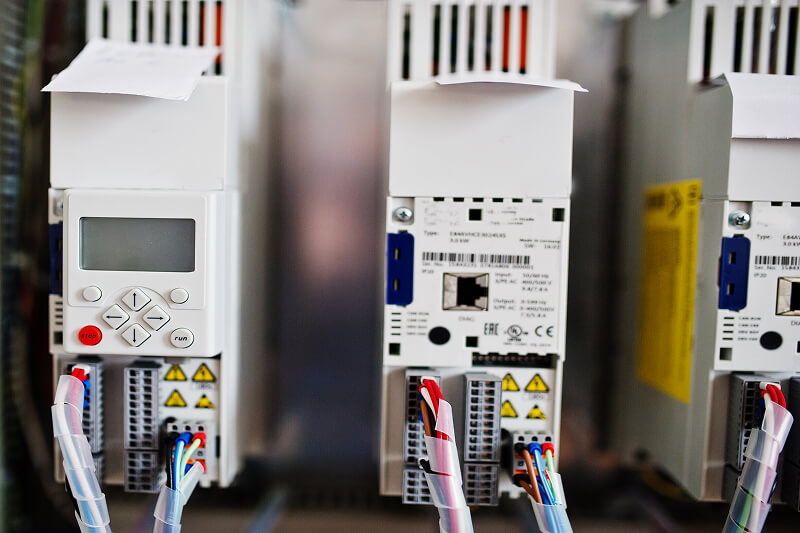
Cooling Towers
Cooling towers, containing flammable materials such as fiberglass, plastics, and wooden structures, are vulnerable to fire risks. Linear Heat Detection (LHD) systems offer continuous temperature monitoring, detecting heat buildup along critical areas like motor housings, fan decks, and water distribution systems. LHDs can be installed in these areas to enable early detection of overheating, triggering alarms or suppression systems before a fire spreads. Designed to endure harsh environments, LHD systems provide reliable fire protection for cooling towers in industrial and commercial facilities.
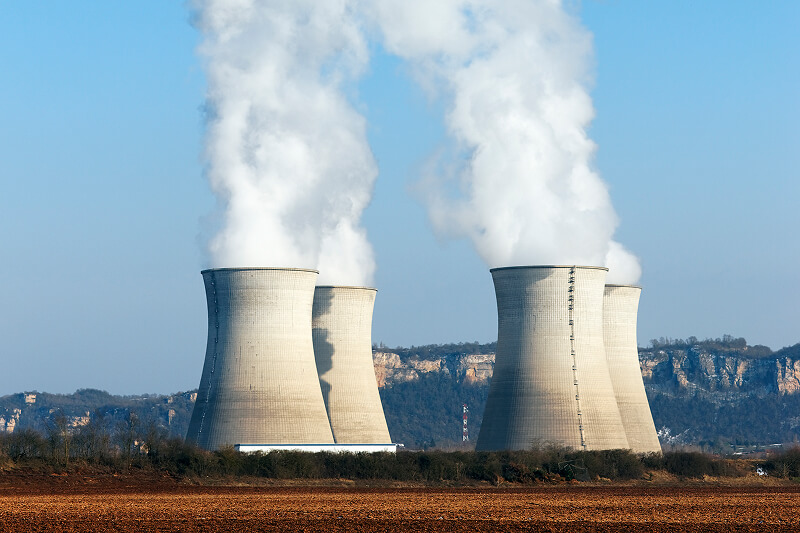
Large Storage Tanks
Large storage tanks, especially those containing flammable or hazardous liquids, are at high risk of fire due to leaks, vapor ignition, or external heat sources. Linear Heat Detection (LHD) systems offer continuous temperature monitoring to detect overheating in critical areas such as rim seals, floating roofs, and piping. Early detection helps activate alarms or suppression mechanisms like foam or cooling water systems, preventing fire development. Designed to withstand industrial conditions, LHD ensures reliable, real-time fire detection, safeguarding valuable assets and enhancing safety.
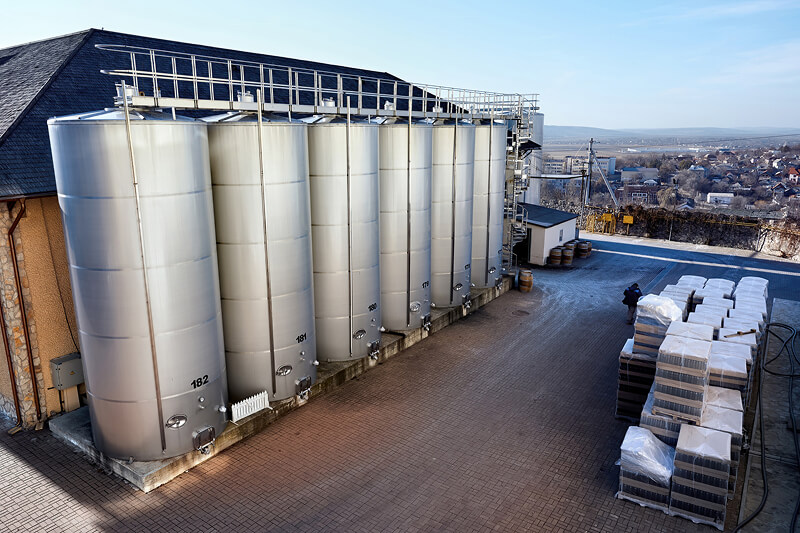
Roadway Tunnels
Roadway tunnels present a high fire risk due to vehicle incidents, fuel spills, and mechanical failures. Linear Heat Detection (LHD) systems provide continuous monitoring along tunnel ceilings, walls, and ventilation systems, ensuring early detection of overheating or fire. Built for harsh environments, LHD systems withstand high humidity, dust, and exhaust fumes, offering reliable performance. By integrating with ventilation control and fire suppression systems, LHD enhances safety, reduces response time, and helps prevent fire escalation, protecting infrastructure and users in tunnels.
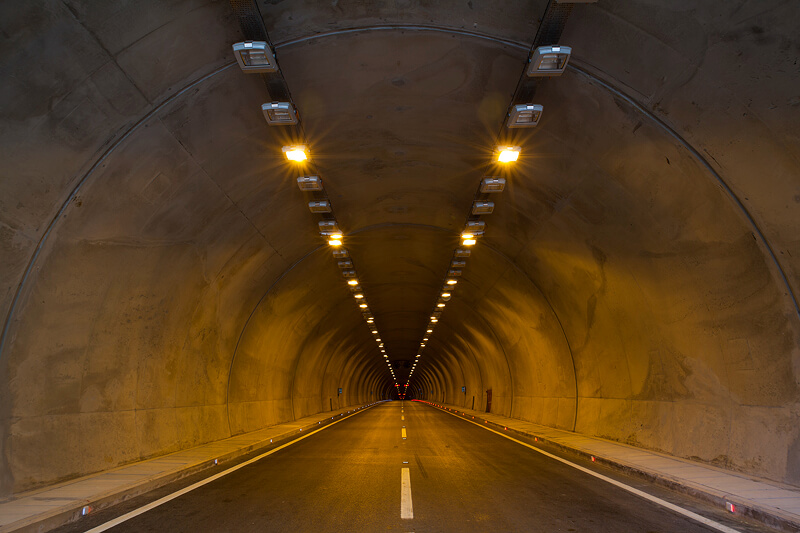
Liquid Fuel Storage Tanks
Liquid fuel storage tanks pose a significant fire hazard due to flammable vapors, heat exposure, and potential leaks. Linear Heat Detection (LHD) systems continuously monitor key areas like rim seals, floating roofs, and piping to detect overheating or fire risks early. Designed to function in harsh conditions, LHD ensures precise detection and immediate alarm activation, enabling rapid response via fire suppression systems. Enhancing fire safety, LHD minimizes risk, protecting storage facilities, personnel, and surrounding infrastructure.
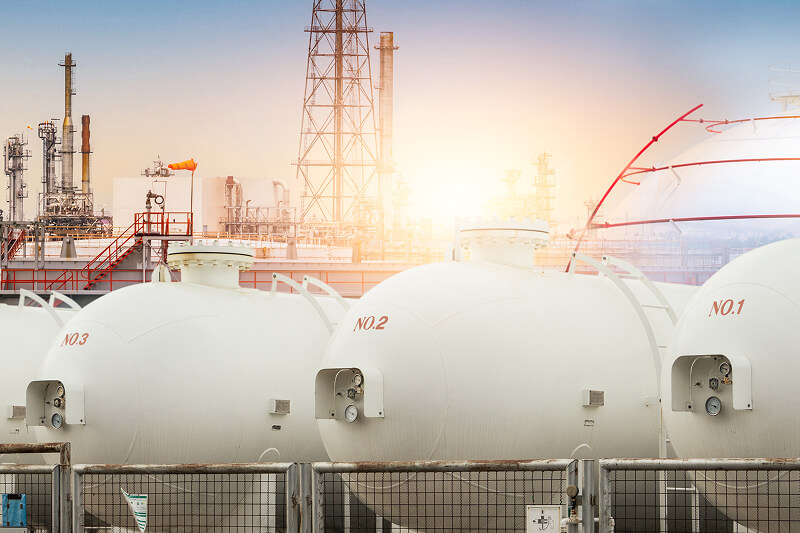
Refrigerated Storage
Refrigerated storage facilities face fire risks due to electrical faults, insulation materials, and mechanical failures in cooling systems. Linear Heat Detection (LHD) systems provide continuous monitoring to detect overheating or fire hazards in cold environments. Designed to operate in low-temperature conditions, LHD systems can be installed along ceiling spaces, racking systems, and mechanical equipment without compromising performance. By integrating with alarm and fire suppression systems, LHD enhances fire protection, minimizes response time, and ensures the safety of temperature-sensitive goods and facility infrastructure.
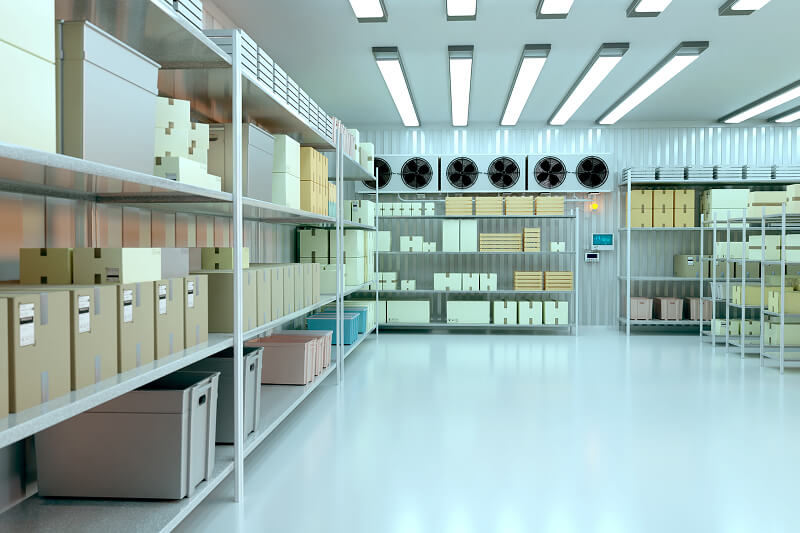
Aircraft Hangars
Aircraft hangars, housing high-value assets and flammable aviation fuels, are highly susceptible to fire hazards from fuel leaks, electrical faults, and maintenance activities. Linear Heat Detection (LHD) systems provide continuous temperature monitoring along ceilings, fuel storage areas, and maintenance zones, ensuring early detection of overheating or fire risks. LHD integrates seamlessly with fire suppression systems like foam deluge and water mist systems, enabling rapid response to potential threats. LHD enhances fire safety and asset protection in aviation facilities by offering real-time detection.

Solar Farm
Solar farms face fire risks due to overheating solar panels, electrical faults, or environmental conditions like lightning strikes or flashes from reflective surfaces. Linear Heat Detection (LHD) systems offer continuous temperature monitoring along key components such as cabling, inverters, and panel arrays, detecting early signs of overheating that could lead to fire. Designed for outdoor environments, LHD systems provide reliable performance even in harsh weather conditions. Early detection helps trigger alarms or suppression systems, enhancing fire safety and protecting solar infrastructure and energy production continuity.
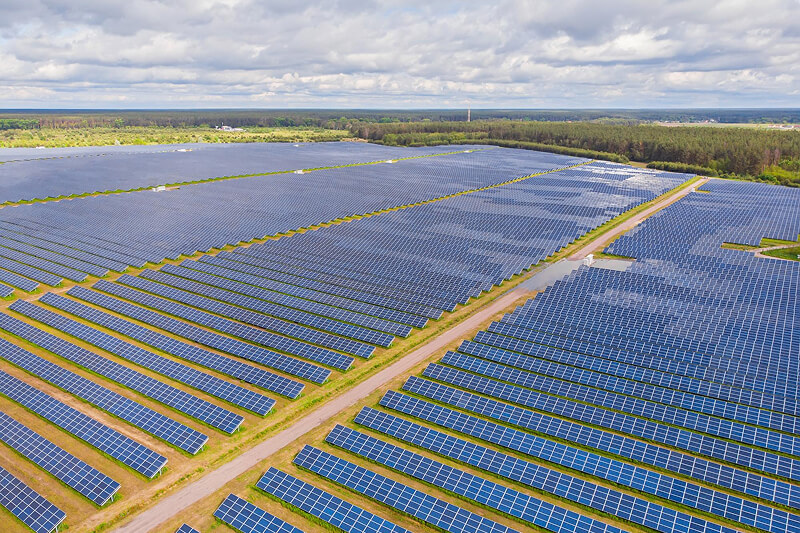
Self Storage Facilities
Self-storage facilities are vulnerable to fire risks due to electrical malfunctions, heating equipment, and flammable materials stored by tenants. Linear Heat Detection (LHD) systems continuously monitor aisles, storage units, and common areas to detect overheating or fire hazards early. LHD systems are ideal for hard-to-reach or isolated areas, offering reliable protection without disrupting daily operations. LHD integrates with alarm or fire suppression systems, helping minimize damage, enhance safety, and protect property and valuables stored within the facility.
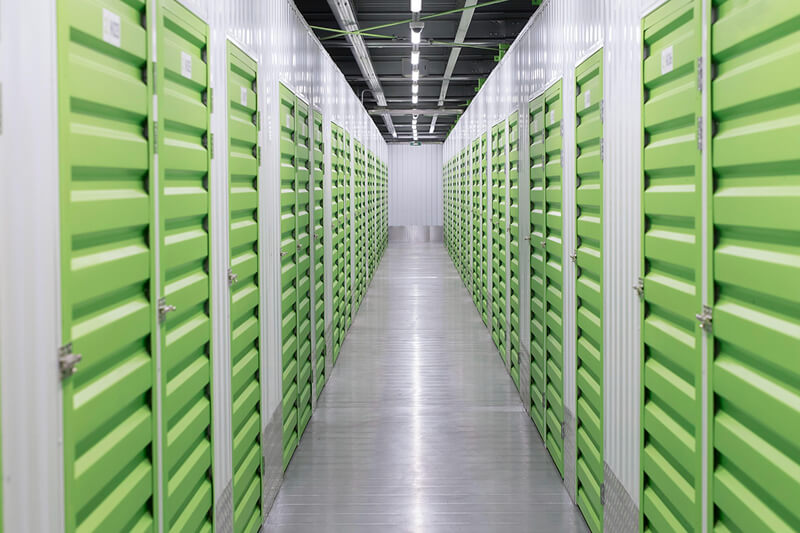
Covered Bridges
Covered bridges are especially vulnerable to fire hazards due to their wooden structures and limited ventilation. Linear Heat Detection (LHD) systems provide continuous temperature monitoring along the bridge framework, roof, and supports, ensuring early detection of overheating or fire risks. LHD systems are designed for harsh outdoor environments, offering reliable performance even in extreme weather conditions. When integrated with alarm or fire suppression systems, LHD enhances fire safety and ensures a quick response to protect historical infrastructure from significant damage.

Metro Systems
Metro systems are prone to fire risks due to electrical equipment, ventilation systems, and passenger transport areas. Linear Heat Detection (LHD) systems provide continuous temperature monitoring along tracks, tunnels, and stations, ensuring early detection of overheating or fire hazards. LHD systems withstand dust, vibrations, and humidity, offering reliable protection in high-traffic environments. By integrating with alarm and suppression systems, LHD systems minimize response time, enhancing safety and protecting both infrastructure and passenger safety within metro systems.
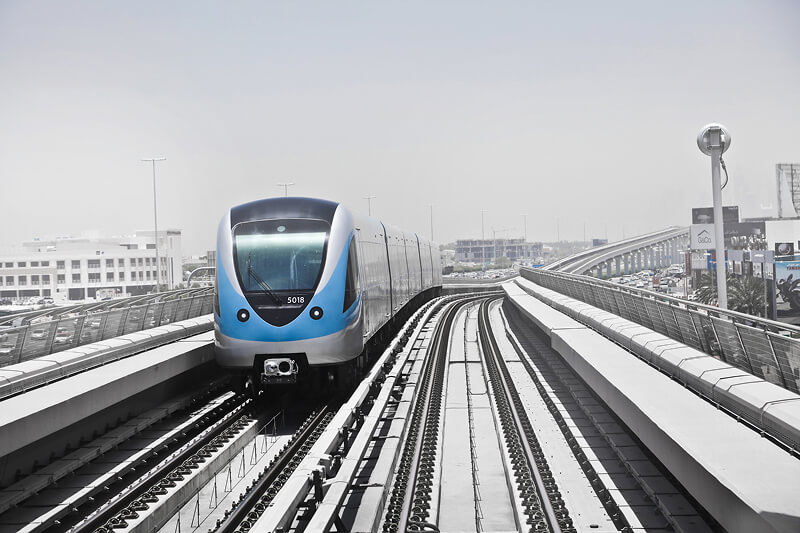
SMRT Depot
SMRT depots are vulnerable to fire risks due to electrical systems, machinery, and fuel sources. Linear Heat Detection (LHD) systems offer continuous monitoring along train tracks, storage areas, and mechanical zones, enabling early detection of overheating or fire hazards. Designed for high-risk environments, LHD systems are resistant to vibrations, humidity, and dust, ensuring reliable protection. Integrated with alarm and fire suppression systems, LHD minimizes damage, enhances safety, and protects valuable assets within the depot.
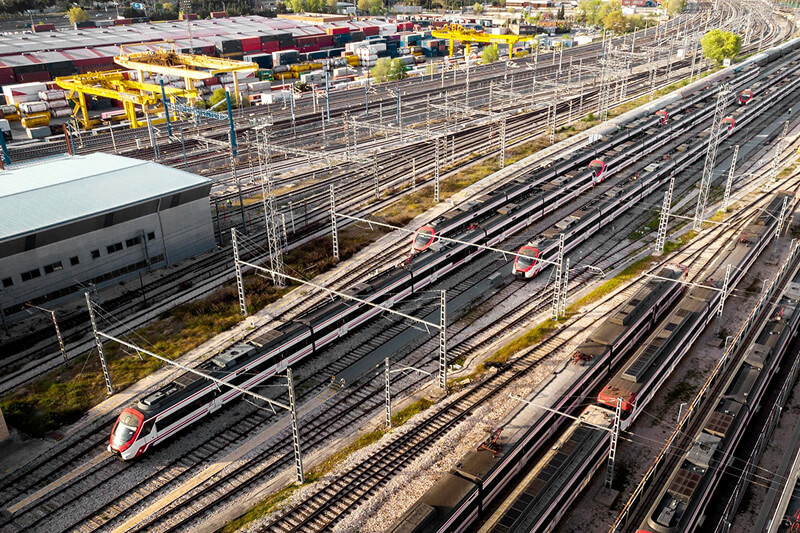
Industrial Machinery
Industrial machinery, such as motors, conveyors, and production lines, is susceptible to fire hazards due to friction, electrical faults, and overheating. Linear Heat Detection (LHD) systems continuously monitor machine components, power lines, and high-risk areas, enabling early detection of heat anomalies. LHD systems are built to endure harsh industrial conditions, providing reliable protection without interfering with machinery. By triggering alarms or suppression systems at the first sign of danger, LHD minimizes downtime, protects equipment, and enhances overall safety in industrial facilities.
